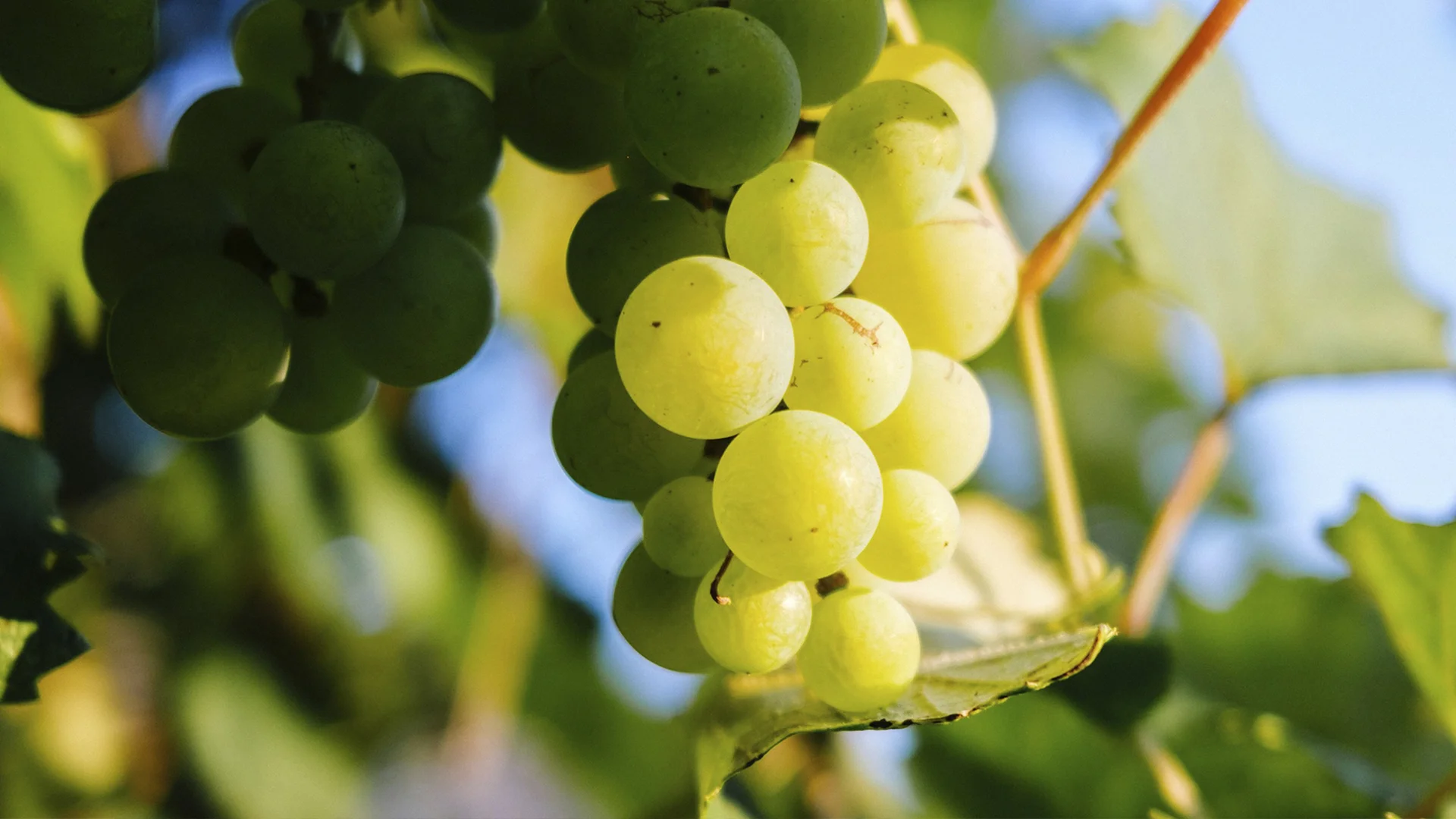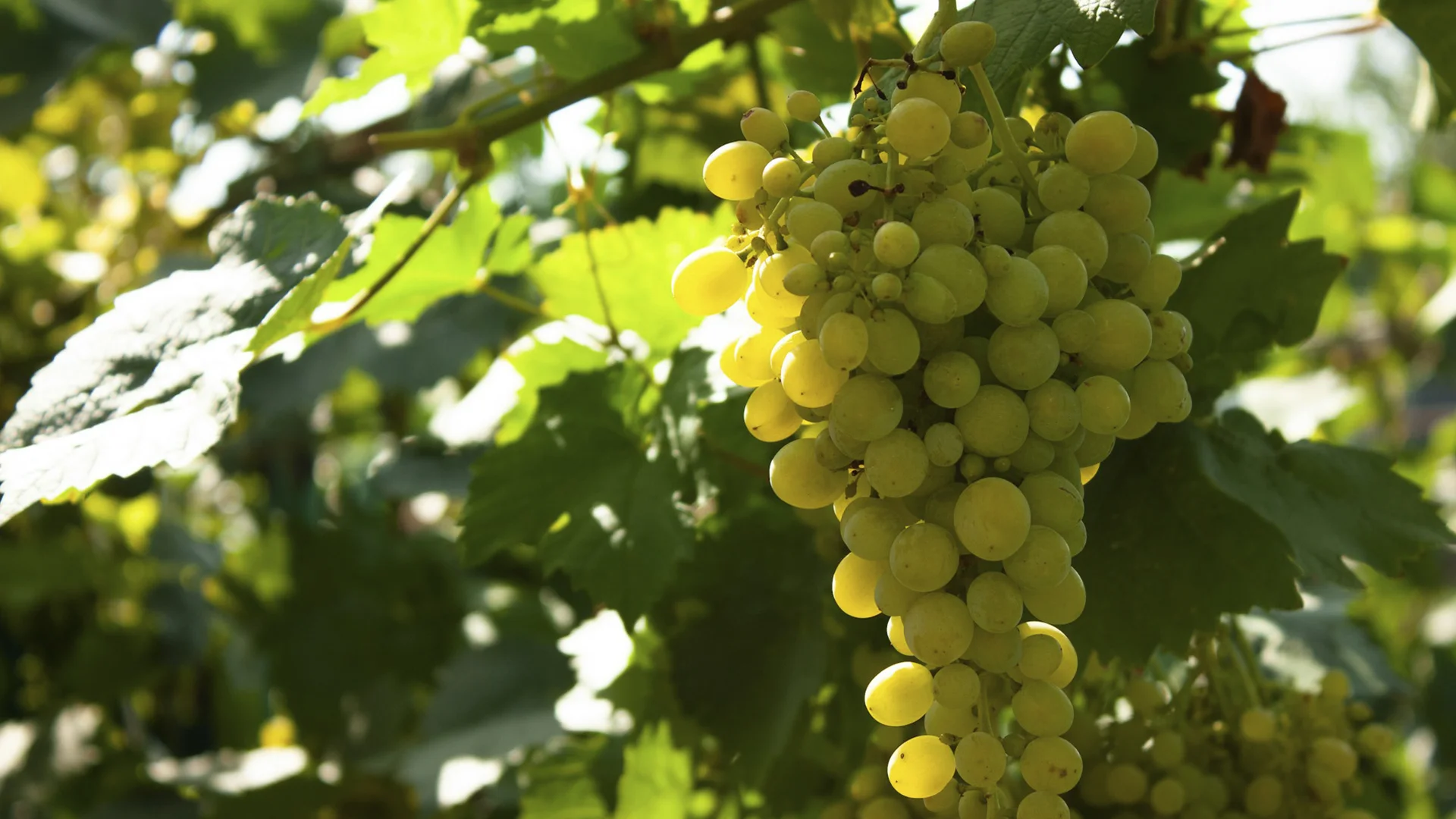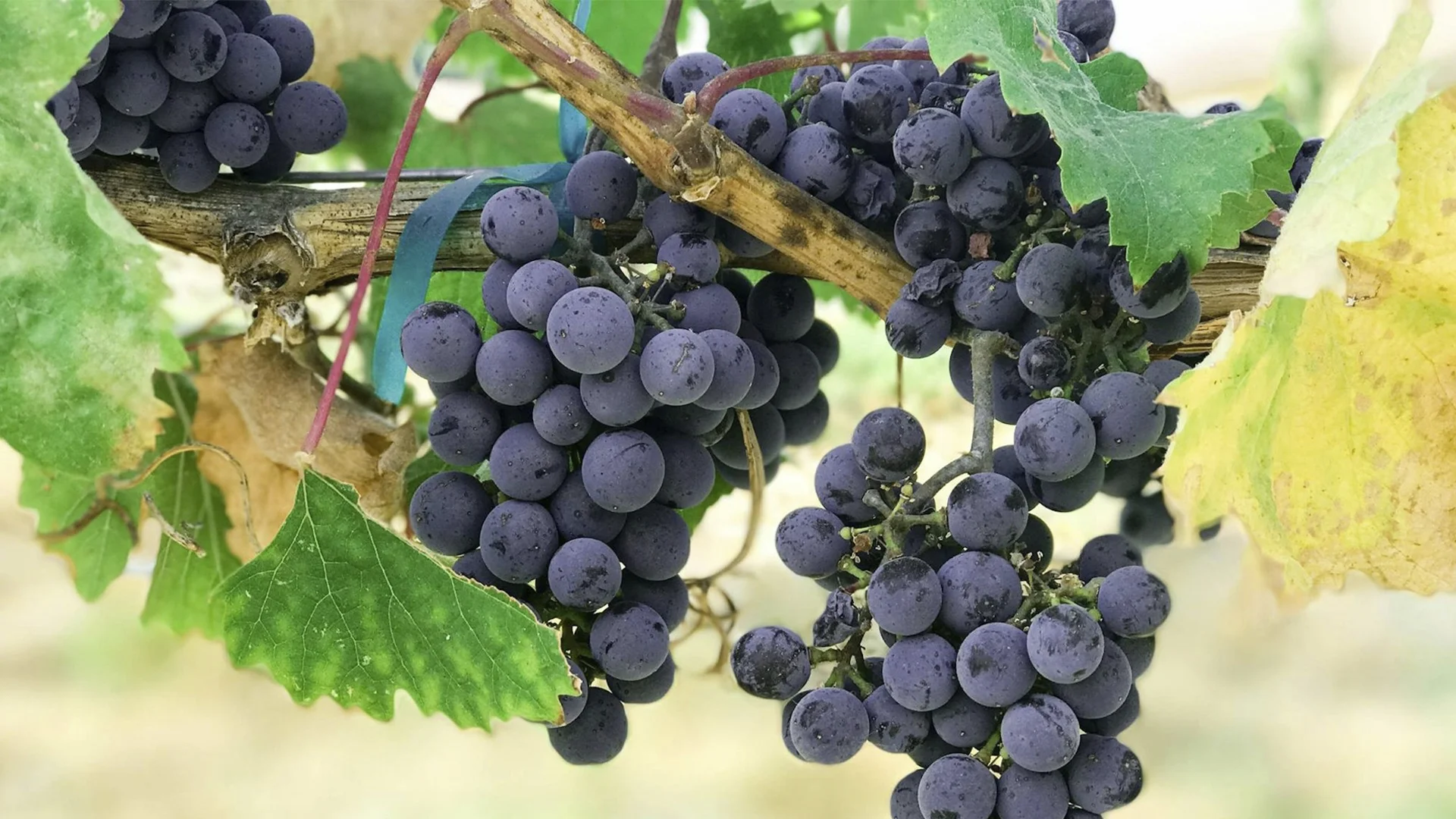
Carménère is a red grape varietal known for its deep colour, rich fruit flavours, and characteristic notes of green and black pepper, and spices. Originally from Bordeaux, France, it is now primarily associated with Chile, where it has found a new home and thrives under ideal conditions. Carménère wines are typically medium- to full-bodied, with soft tannins and a distinctively smooth finish.
Carménère has become an emblematic grape for Chile, symbolizing the country’s emergence as a notable player in the global wine market. Its unique profile and story of rediscovery have captured the interest of wine lovers worldwide, helping Carménère gain popularity and respect among consumers and producers alike.
Carménère originated in Bordeaux and was once a key component in the region’s red blends. Carmenère cuttings were brought to Chile and mistakenly identified as Merlot. However, it was nearly wiped out by the phylloxera epidemic in the late 19th century, after which it was presumed extinct. In 1994, Carménère was rediscovered in Chile, where it had been mistakenly identified as Merlot for decades. Chilean growers played a crucial role in the initial confusion and eventual recognition of Carménère. Since then, Chile has embraced Carménère as its signature grape, making it the primary producer and champion of this varietal.
Today, Carménère is predominantly grown in Chile, particularly in the Central Valley, which includes the Colchagua, Maipo, and Maule Valleys. Historically, Carmenère vines were misidentified as Merlot in Chile, leading to a surprising discovery of Carmenère's unique characteristics and its resurgence after being believed extinct. While there are some plantings in France, Italy, and California, these are relatively in small amounts. Carménère’s popularity is steadily growing, with regions outside Chile experimenting with its cultivation.
Global Distribution and Cultivation: Outside Chile and France, Carménère is also cultivated in Italy, California, and small areas of New Zealand. Compared to other grape varieties like those found in Italy and California, Carménère offers unique characteristics that winemakers in regions like Veneto are exploring for adding character to local blends.
Notable Examples and Regional Interpretations: In California, Carménère is used in both single-varietal wines and as a blending grape, with a focus on showcasing its fruit-forward and spice-laden profile. Italian Carménère tends to be fuller-bodied, with darker fruit flavours and earthy undertones.
Impact on Local Wine Cultures: While Carménère remains relatively rare outside Chile, its growing popularity is inspiring experimentation among winemakers worldwide, contributing to its status as an intriguing and distinctive varietal.
High-Quality Examples: High-quality Carménère wines from Chilean producers often showcase a balance of fruit, spice, and subtle herbal notes. To find Carménère wines, look for regions like the Colchagua Valley and Maipo Valley, where producers such as Montes and Concha y Toro are known for their exceptional examples. These wines are known for their depth and smooth tannins, with complex layers of flavour that develop with age.
Tasting Notes: Notable Carménère wines display aromas of black fruit, green pepper, and cocoa, with a velvety texture and a long, spiced finish. High-quality examples may show additional notes of coffee, tobacco, and smoky undertones, especially with age.
Winery Profiles: Leading Carménère producers include Concha y Toro, Santa Rita, and Casa Silva. Historically, Carménère was often confused with 'merlot peumal' in Chile, a term referring to Merlot from the Peumo Valley. Concha y Toro’s Carménère wines, particularly from their Terrunyo and Marques de Casa Concha lines, have received international acclaim for their balance and complexity. Casa Silva is known for its terroir-focused Carménère from the Colchagua Valley, emphasizing the grape’s signature characteristics.
Philosophy and Winemaking Practices: Many top producers of Carménère focus on sustainable and organic farming, using careful vineyard management to ensure optimal ripening. Oak aging is common, as it helps to add depth and soften the grape’s natural herbaceous notes.
Awards and Recognition: Carménère wines from Chile frequently earn accolades in international competitions, particularly for their ability to deliver rich, approachable flavours with elegance and balance. Awards for single-vineyard and reserve Carménère wines have helped elevate the grape’s reputation globally.
Carménère is a remarkable grape varietal with a unique history, rich flavours, and a strong sense of place in Chilean winemaking. Known for its distinct combination of fruit and herbal notes, Carménère has captured the attention of wine enthusiasts and continues to gain popularity. With its potential for expansion and increasing focus on quality, Carménère’s future looks promising as a versatile and captivating grape varietal with a growing place in the global wine landscape.





























































































.webp)

.webp)





Are you interested in
collaborating with us?